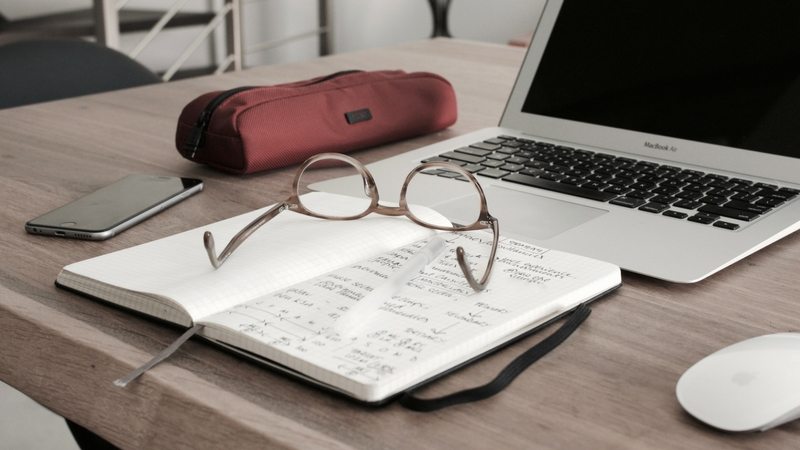Smell the Problem
Episode #2 of the course Problem solving by Nat Greene
Intrepid problem solvers,
Yesterday you learned why it is so important to stop guessing. Today you will learn one of the most effective behaviors to help you kick the guessing habit: smelling the problem.
Often I see problem solving done almost exclusively at a desk, in a conference room, or behind a computer. Or, if people are in the field, they just take immediate action and try out different solutions. For problems of any significant difficulty, you need to start with your hands in your pockets and your senses open. You need to get out there and study the problem in detail.
Smell the Problem
What does a good doctor do when you sit down and describe your symptoms? They study the problem before coming up with a potential diagnoses or running complex or expensive tests. They will also poke and prod you: they ask you to move, bend, twist, cough, and report how you feel. They listen with a stethoscope and take your temperature, blood pressure, and pulse. They want to know what you have eaten or what your physical activity has been. They may even smell your breath! If the stakes are high or the cause is hard to pin down, they will schedule an X-ray, lab work, or an MRI, but only after first using simpler methods.
That’s what great problem smelling is: it is getting close and collecting information about how the problem is manifesting. You can think of yourself as a doctor understanding symptoms or a detective collecting clues at the scene of a crime.
How to Smell Well
Great problem solvers are detailed and thorough. Take notes, pictures, and videos, and use tools to measure the problem—whatever is appropriate. Don’t simply smell: smell, record, and stay organized.
Because you’re looking at the behavior of how the problem manifests, you can develop a pattern of failure. If possible, understand where the problem does and doesn’t happen, when the problem started, and how often the problem occurs to generate critical insight for the problem-solving effort.
I can provide some basic guidance on where to get started when developing a strong pattern of failure: describe in detail the conditions in which a problem does and does not occur.
Here are the kind of questions to ask when smelling the problem:
1. What does the problem look like?
2. If you look closely is it always the same every time?
3. When did you first see the problem?
4. What pattern do you notice if you look at the problem over time?
5. Where might you expect to see the same problem but don’t?
All of these questions are guides, not directions. Look at one occurrence and many together, whenever possible, and see what you discover. Again, you are not trying to guess the solution; you are simply trying to understand the facts of how the failure manifests.
Breaking Down Barriers
It’s not always easy to get the information that will answer your questions. Great problem solvers will overcome barriers to get the specific information they need. If a machine is moving too quickly for a problem solver to see a pattern with their own eyes, a great problem solver will record it with a camera and slow it down. If a manufacturing line doesn’t automatically count the units produced, great problem solvers get out there and do the counting. They work closely with those who best understand the system or process to find out where they should look to answer each question and find the clearest information.
A Word of Caution
Some people might use this as an excuse to aimlessly wander around looking at things or bury themselves in reams of data: this is a waste of time. Great problem solvers smell the problem by asking specific questions about the behavior of that problem and finding the information that answers those questions. They don’t just poke around and hope they’ll find something: they are laser focused.
If you find yourself wandering, take a step back, figure out what question you are trying to answer, and go look for the information you need. Stay tuned tomorrow for a great lesson on the right mindset to bring to the table as you ask questions.
—Nat
Recommended video
Recommended book
The Complete Sherlock Holmes by Sir Arthur Conan Doyle, in which you can delight at the power of smelling the problem well.
Share with friends

